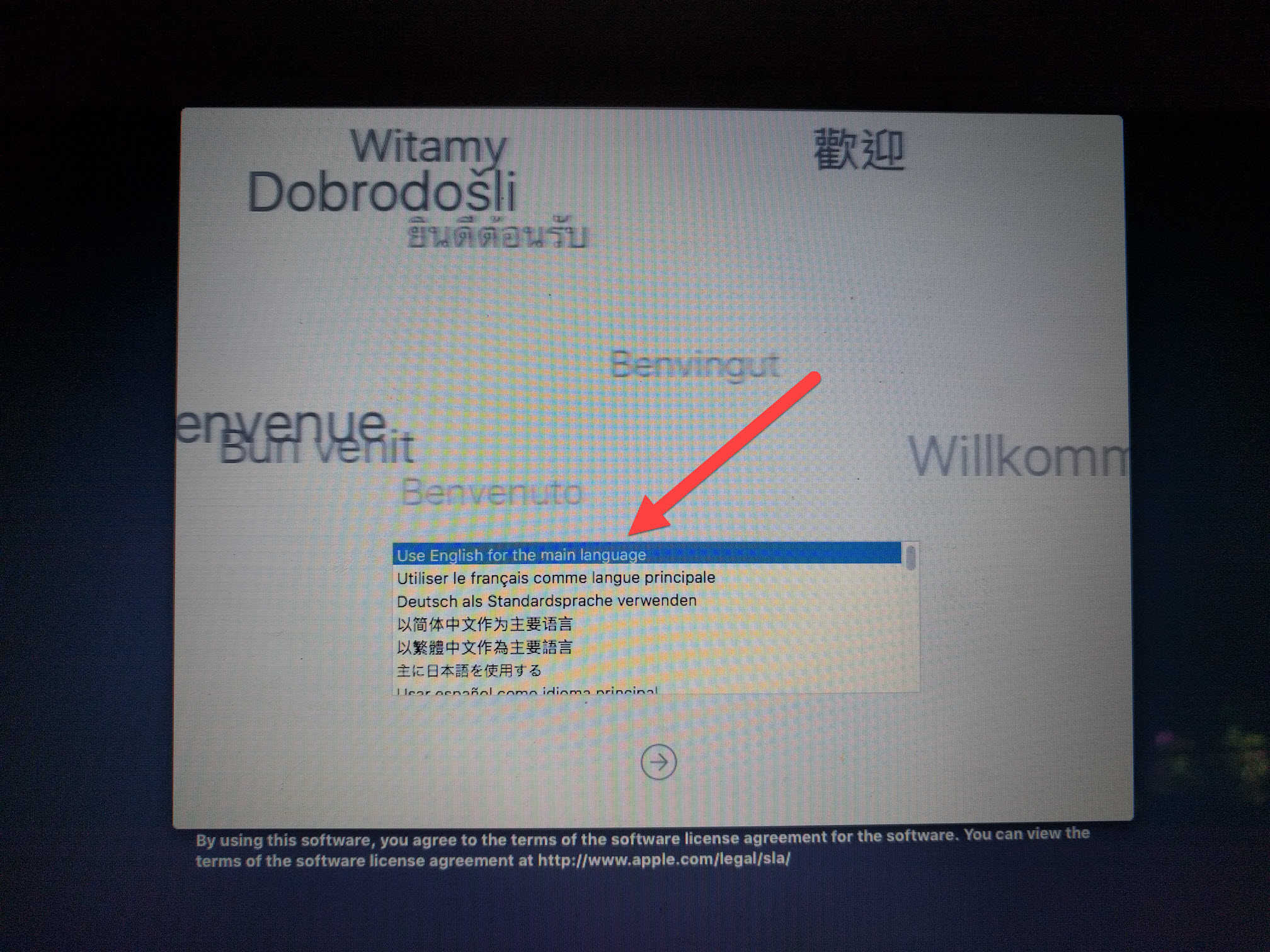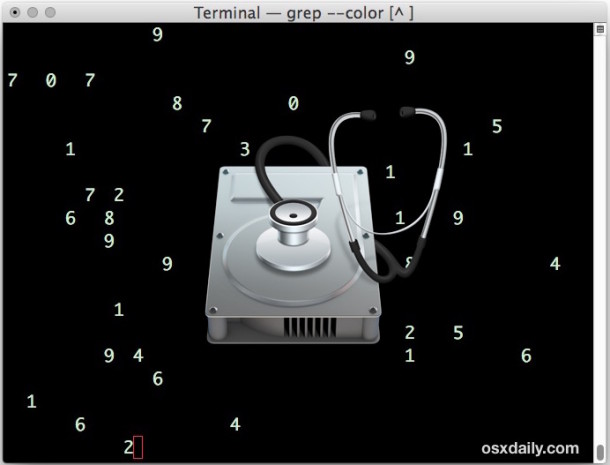What Is Secure Erase. Secure erase is most commonly mentioned when you are using PATA and SATA based hard drives. Different from deletion and high-level formatting which only moves data to a location that's easy to recover, secure erase permanently rewrites the hard drive by filling the whole drive with a binary zero, one or random data, making it difficult for someone to discover what has. Buy Thecus Rackmount 16-Bay NAS N16910SAS SAS/SATA HD; JBOD/RAID 0/1/5/6 (Xeon E3-1245, 16GB) at the best price » Same / Next Day Delivery WorldWide -FREE BUILD RAID TEST ☎Call for.
Hello and welcome to my User Tip
It is important to note that this will not work on a SSD drive. No program can securely erase data on a Solid State Drive, even if some claim otherwise. You can only RESET your entire SSD by using the tool that comes with your SSD.
Since Apple started introducing computers with Solid State Drives, some people have been asking how to securely erase data on them like they used to be able to do on hard drives.
One might go to Disk Utility only to find there is no secure erase options for SSD's or Fusion drives.
Well this is the fact, you can't securely erase them. Only the traditional (100%) hard drives (not 'Fusion Drives' or 'Hybrids') can be securely erased, nothing that has any flash memory.
The NSA approved method for data destruction on a SSD, flash drives, hybrids etc., is by grinding them into a fine powder. Ms visual studio for mac os x update.
The Department of Defense approved method for traditional hard drive secure erase is a 7x overpass of random data.

So before one goes placing sensitive data on their machines, they should research how to retain physical control over the SSD or flash memory/hybrid drives in the matter of data destruction, as now many Mac's, iPhones and iPads are sealed up and no user replaceable parts inside.

Apple advises using Filevault to encrypt a boot drive, however that's not really secure because Filevault stores it's keys in memory and software tricks have been used to get the keys, thus the encrypted deleted data (after being recovered off the SSD) can be decrypted and read. Also one has to give up the password for repairs to be done on the machine.
In fact a nifty device from a company called Cellbrite that can read the storage off iPods, iPads and iPhones, even deleted data, even with password protection. Does this also extend to portable Macs? Likely will be in the near future yes.
Ideally it's best NOT to place any data into these newer machines that you rather not share with anyone else, it's the sad fact.
SSD's and flash memory have limited write capability, unlike the unlimited writes of traditional hard drives (which can be scrubbed witha 7x overwrite to meet Department of Defense approval in data destruction).
However traditional hard drives are being phased out for the more shock resistant, non-bit rot suffering and faster SSD's instead of the traditional vulnerable spinning platters.
So because of this securely erasing SSD's would wear them out prematurely, and if under AppleCare or warranty would be a replacement cost to Apple that they rather not have to pay for, so Disk Utility will not secure erase these solid state drives.
Because of their limited write capability, SSD's have software called 'wear leveling' or TRIM support, which always writes to the least used areas on the SSD.
Newer OS X versions of Lion, Mountain Lion and above have new file saving features like 'Versions', saving files automatically. Also if a laptop, TimeMachine local backup files also on the boot drive itself are being saved in hidden files.
So even if you go and delete a file and manage to scrub the SSD by overwriting with random data, those hidden files still contain your unwanted data.
Therefore if you secure erase needs don't warrant total drive or machine destruction into a fine powder you may want to try my untested method below, however it's complex and time consuming, don't use often as it will prematurely wear out your SSD.
1: Copy off all wanted user data by selecting the known files themselves, not folders which can contain hidden data, to a regular external drive and disconnect.
Do not use TimeMachine or plan on only restoring from that as it also copies hidden files, databases etc., users accounts in a wholesale manner that can contain the unwanted data.
2: Hold command r keys down (wired or built in keyboard) and boot into RecoveryHD, select Disk Utility and then select your MacintoshHD partition.
3: Use Erase and erase the MacintoshHD partition, make sure it's formatted OS X extended journaled. OS X, files, accounts, programs etc., will be gone. This is unfortunately necessary to remove all the little hidden caches, log files, databases and files squirreled around on the partition.
4: Quit and reinstall OS X using your AppleID and password, you will need to be on a fast and reliable Internet connection.
5: Reboot and setup, do NOT restore from TimeMachine unless your positive it does not contain the unwanted data.
6: Return known and verified copies of users files from the external drive.
If you have problems getting files or they contain a red 'no', then Finder > Get Info on the external drive and at the bottom 'Ignore Permissions on this volume'
If need too you may have to later do a #6 Repair Users Permissions/ALC's so the ownership of those files turns over to the new account.
7: Now comes the fun part, you need to overwrite the remaining free space on the boot SSD.
Take a small file and Finder > Duplicate it inside a folder repeatedly until slightly more than 50% of your remaining boot SSD space is filled.
Then delete the folder, Finder > Empty Trash (so it's really gone) and use another small file in another new folder and do it again until it shows another 50%+ filled, then delete it. (Finder > Empty Trash)
Use Activity Monitor to see your drive results that it is being filled up, just make sure you don't fill it up 100% or bad things will occur and the machine might not boot up again.
With the TRIM/wear leveling and small files filling all the cracks, hopefully all the remaining free space of unwanted data will be overwritten, however don't bet your life on it.
I would like to repeat that I haven't tested this method and do NOT approve for anything super sensitive. I can't say for sure that your unwanted data will be gone, but it should work well enough for those who just want to keep nosey types out, selling the machine etc. Because eventually someone will sell software somewhere that will be able to bypass the file structure and direct read the sectors of a SSD to recover deleted data.
It's like hardware is now being made as not to obey users anymore.

Good Luck and hope it works for you. 🙂
Solid-State Drives (SSD) are quite popular on notebooks, Macbook (air, pro) for example, Secure Erase SSD data on old devices also becomes an thriving needs when new laptops with lower price and more capacity on SSD released (maybe its simply because you want to replace old Macbook with new-designed ones), but is it necessary to wipe data on SSD running Mac OS?
Free download driver canoscan 3000ex win7. In fact, there's no need to wipe SSD when the OS you're using supports TRIM, A trim command (known as TRIM in the ATA command set, and UNMAP in the SCSI command set) allows an operating system to inform a solid-state drive (SSD) which blocks of data are no longer considered in use and can be wiped internally- wikipedia
.
Actually, TRIM is supported after Mac OS X 10.6.8, so if you're using the latest Mac OS, there's no need to do the Erase step, when you deleted the file, you're securely wiped SSD data. If you wipe or erase data on such system, you're damaging SSD, lifespan of which will be shortened.
How to Check TRIM on a Mac SSD?
- Press and hold the Option key, and click Apple menu
- Navigate to Hardware > SATA/SATA Express > Serial-ATA Device Tree
- Click on the SSD and information of it will be listed below, find TRIM Support: Yes/No
Secure Wipe SSD in Windows OS
As we already known that deleting files in Windows only cut the reference to the file instead of clearing the cluster, taking one more step to wipe files permanently after deleted is essential when you want to get rid of old SSDs, especially when they're running Windows XP or Windows Vista, the OS does not support TRIM.
Secure Erase Ssd Mac Catalina
How to Secure Erase SSD data in Windows XP or Vista
- Download Data Wiper, install and Run it; or just Run it from the portable edition
- Click Wipe Free Space and choose a wiping scheme to Wipe Now
More about SSD lifespan
Don't Defragment
SSD has only a curtain number of writes, defragment will take much of it, it's the number one killer to SSD lifespan; Besides, Operating Systems after Windows 7 are optimized in fragments, when move, copy, cut, paste files, the system itself knows what's the best option to operate. Hence, if you want to use the SSD for more years, don't defragment.
Don't Disable TRIM
Wipe Ssd Drive Windows 10
TRIM commands help to erase data in SSD when delete operations are committed, when you disable TRIM in Windows 7, 8, and Windows 10. Traces of original data can still be found and used by professional data recovery tool. What's worse, when SSD tries to take new file, the free space you just deleted previous file must be erased first (unlike mechanical hard drives, who simply cover the place with new file), and then write file into it. The erase step and write step hurt SSD twice, and may cost more time on next-time finding and reading. So Don't Disable TRIM, just leave it as default. If you do want data can be recovered, store them on mechanical hard drives.
